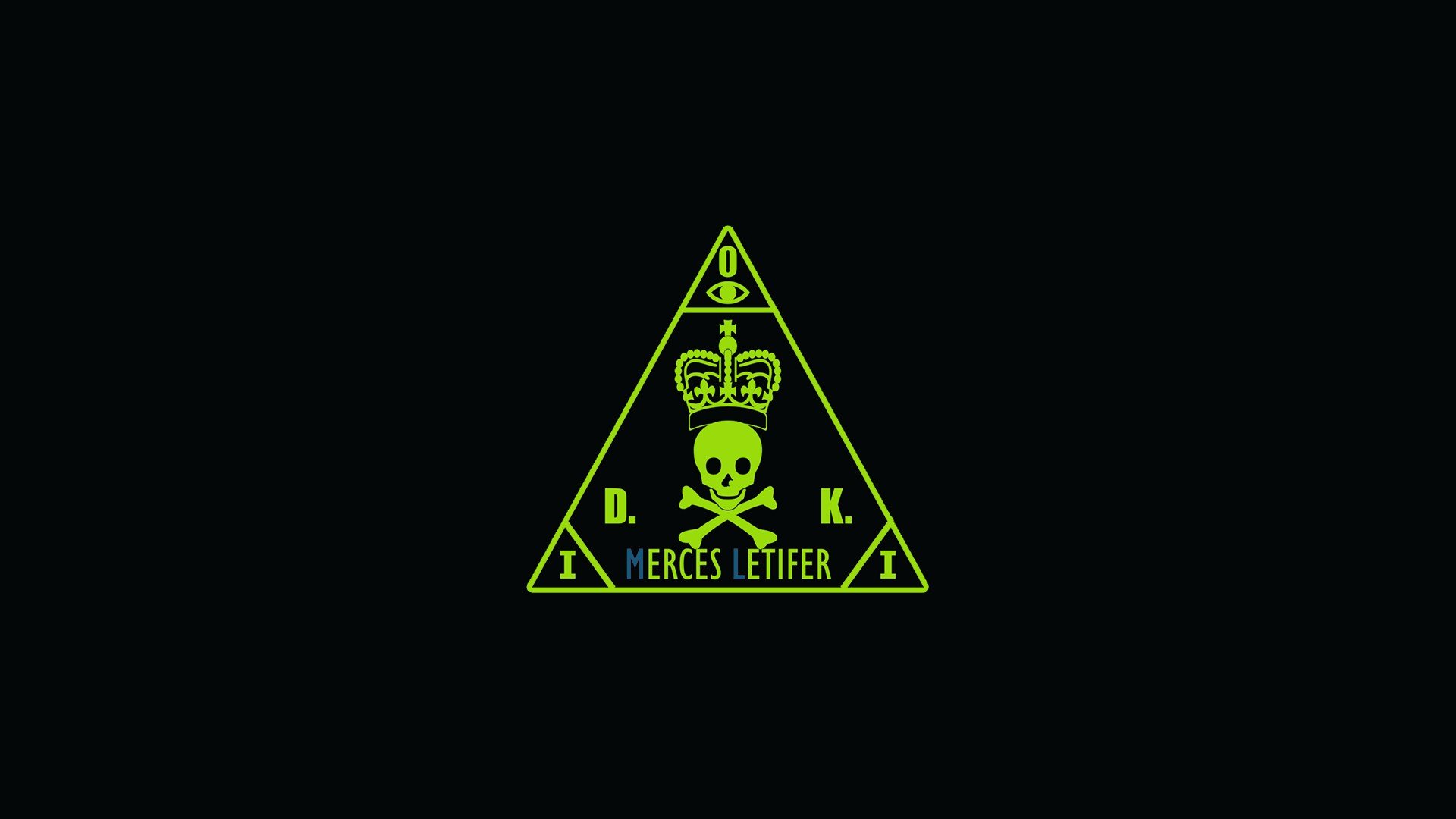

However, direct colony PCR success varied between genera of hyphomycetes. Taxonomic affiliation affects direct colony PCR success: The direct PCR technique can be recommended for a cheap, high-throughput amplification technique for fungal cultures covering a wide taxonomic range, because overall PCR success was very high (86%). Alternatively, fungal tissue could also be pre-treated with heat, buffers, microwave, and enzymes. Finally, the supernatant is used as a template. Then, sterile distilled water is added to the lysate, which is then mixed and centrifuged. For this pre-treatment, fresh mycelium and the agar medium underneath are frozen at −80 ☌ and lysed mechanically. , is still the most promising strategy for fungal colonies belonging to genera that could not be successfully (or at least reliably) amplified by direct fungal colony PCR, e.g., Trichoderma or Absidia spp. However, pre-treatment of fungal tissue, as earlier described by Pancher et al. The only additional reagent used for direct fungal colony PCR is bovine serum albumin (BSA). The main advantage of this direct fungal colony PCR method compared to established direct PCR protocols for fungi is that it does not require time-consuming previous tissue manipulation or the use of expensive reagents such as proteinase K or other enzymes. Clean-up and sequencing of PCR products was performed by MicroSynth AG (Balgach, Switzerland) with the primers ITS1 or ITS4. A GeneGenius Imaging system (Syngene, Cambridge, UK) with ultraviolet light was used for visualization. 2 µL of PCR product from each reaction were mixed with 2 µL loading dye (six-fold diluted) and electrophoresed in a 1% ( w/ v) agarose gel with 10 μg/μL ethidium bromide. The amplification conditions were 10 min of initial denaturation at 95 ☌, followed by 30 cycles of 94 ☌ for 1 min, 50 ☌ for 30 s, and 72 ☌ for 1 min, and a final extension step of 72 ☌ for 7 min. PCR was conducted by a Primus 96 thermal cycler (VWR Life Science Competence Center, Erlangen, Germany) in a 25 µL volume reaction containing one-fold buffer S (1.5 mM MgCl 2, 10 mM TrisHCl, 50 mM KCl), 2 mg/mL BSA, 400 nM of each primer, 200 nM for each dNTP, and 0.75 U of Taq DNA polymerase (VWR Life Science Competence Center, Erlangen, Germany). The amplification of fungal rDNA-ITS-region was carried out using the primer pair ITS1F and ITS4. Fungal endophytes isolated from grapevines were successfully amplified directly from fungal colonies, but only after an intricate pre-treatment of the fungal tissue. Mutualistic Basidiomycota and Ascomycota were also successfully amplified directly from cleaned mycorrhized root tips without previous DNA extraction, and a direct PCR in combination with species-specific primers allowed for a fast identification of Tuber melanosporum fruiting bodies. As red yeasts have been shown to be problematic for direct PCR amplification, the method was optimized for them and for selected human pathogenic yeasts, as well as for Aspergillus fumigatus. Yeasts and some other selected fungal taxa were successfully amplified with commercial direct PCR plant kits, but anamorphic soil fungi were not tested extensively for direct PCR success. Commercial direct PCR kits, e.g., for human tissue and blood, animals and plants, are already on the market. Moreover, direct colony PCR was also successfully established for other groups of organisms, e.g., Acanthamoeba, Chironomidae animals, fungus-like organisms, such as Oomycota, viruses, and plants. Absidia, Mucor, Trichoderma, and Penicillium isolates had noticeably lower PCR success.ĭirect colony PCR is a fast technique, and is regularly applied for PCR amplification of bacterial cell cultures, cell lines, and yeast cultures. DNA of soil-borne yeasts was always successfully amplified. PCR success varied considerably: DNA of fungi belonging to the genera Cladosporium, Geomyces, Fusarium, and Mortierella could be amplified with high success.

Seven hundred eighty-eight fungal strains from 48 genera were tested with a success rate of 86%. Here, we present a colony PCR technique directly from fungal hyphae without previous DNA extraction or other prior manipulation. Direct colony PCR was already successfully established for yeasts, but has not been evaluated for a wide range of anamorphic soil fungi up to now, and a direct amplification protocol for hyphomycetes without tissue pre-treatment has not been published so far. Fast, cheap, and reliable methods for obtaining DNA sequences from fungal isolates are, therefore, a valuable tool for the scientific community. Improved techniques for an accelerated DNA barcode reference library construction will result in considerably improved sequence databases covering a wider taxonomic range.

Fungal pure cultures identified with both classical morphological methods and through barcoding sequences are a basic requirement for reliable reference sequences in public databases.


 0 kommentar(er)
0 kommentar(er)
